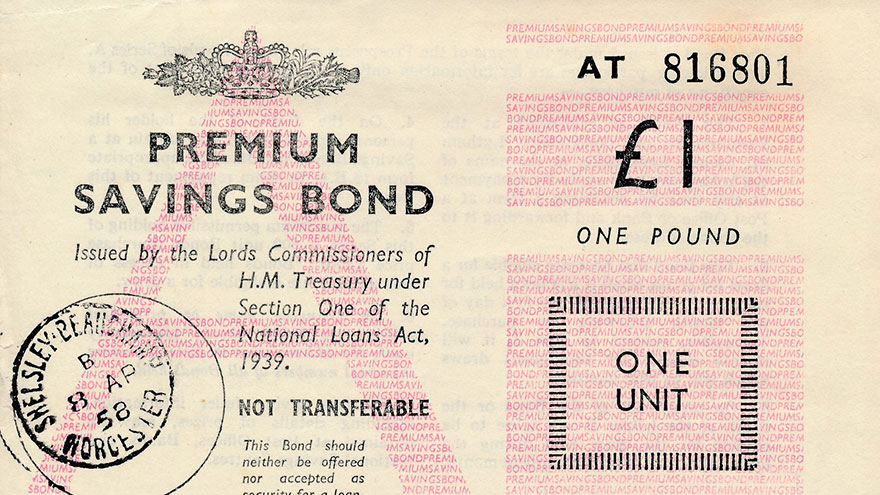How Do I Sell My Premium Bonds?
All bonds have what is known as a “par value,” which is normally $1,000 per bond. A premium bond is simply a bond that is priced above par value. For example, if the bond you want to buy has a par value of $1,000 but costs you $1,100 to buy, that is a premium bond.
The physical act of selling premium bonds is the same as selling any other bond, but there are some special considerations to take into account to help you get the best price for your bond.
3 Steps Do I Sell My Premium Bonds

1. Cross-check your bond’s price with various sources.
Except for a very few bonds from large, multi-national corporations, most bonds do not trade on an exchange the way that stocks do. As a result, the market for bonds is often very small and ill-defined and you might get different prices for your bond depending on where you look.
If your bond is publicly-traded, you can find quotes in financial newspapers or on reputable financial websites, such as the website of the Financial Industry Regulatory Authority (FINRA). If not, you will have to get a quote from a broker whom you trust.
2. Put in a sell order at a specific price.
Once you have gotten a range of prices for your bond, determine a price you are willing to accept. Unless you have an urgent need for cash and have to liquidate the bond immediately, be patient and wait for a good price. With the bond market not being as well-defined or liquid as the stock market, the range of quotes you receive for your bond will probably be fairly large.
Pick a price near the higher end of the range and wait for a bond trader to take your offer. If you simply put in a “market” order to sell your bond, you will most likely receive a price at the low end of the range you were quoted, since a market order essentially allows the traders to buy your bond for whatever price they want to give you.
3. Report your sale to the Internal Revenue Service (IRS).
At the end of the tax year, you will receive a 1099-B from your bond broker showing the proceeds of your bond sale. You will have to match this sale amount with the cost basis that you should have recorded when you purchased the bond.
List all the relevant information as instructed on Schedule D, “Capital Gains and Losses.” If you purchased the bond at a premium, you may wish to consult a tax adviser regarding how to properly amortize the bond premium on your taxes.
You Might Also Like :: How to Purchase Premium Bonds

